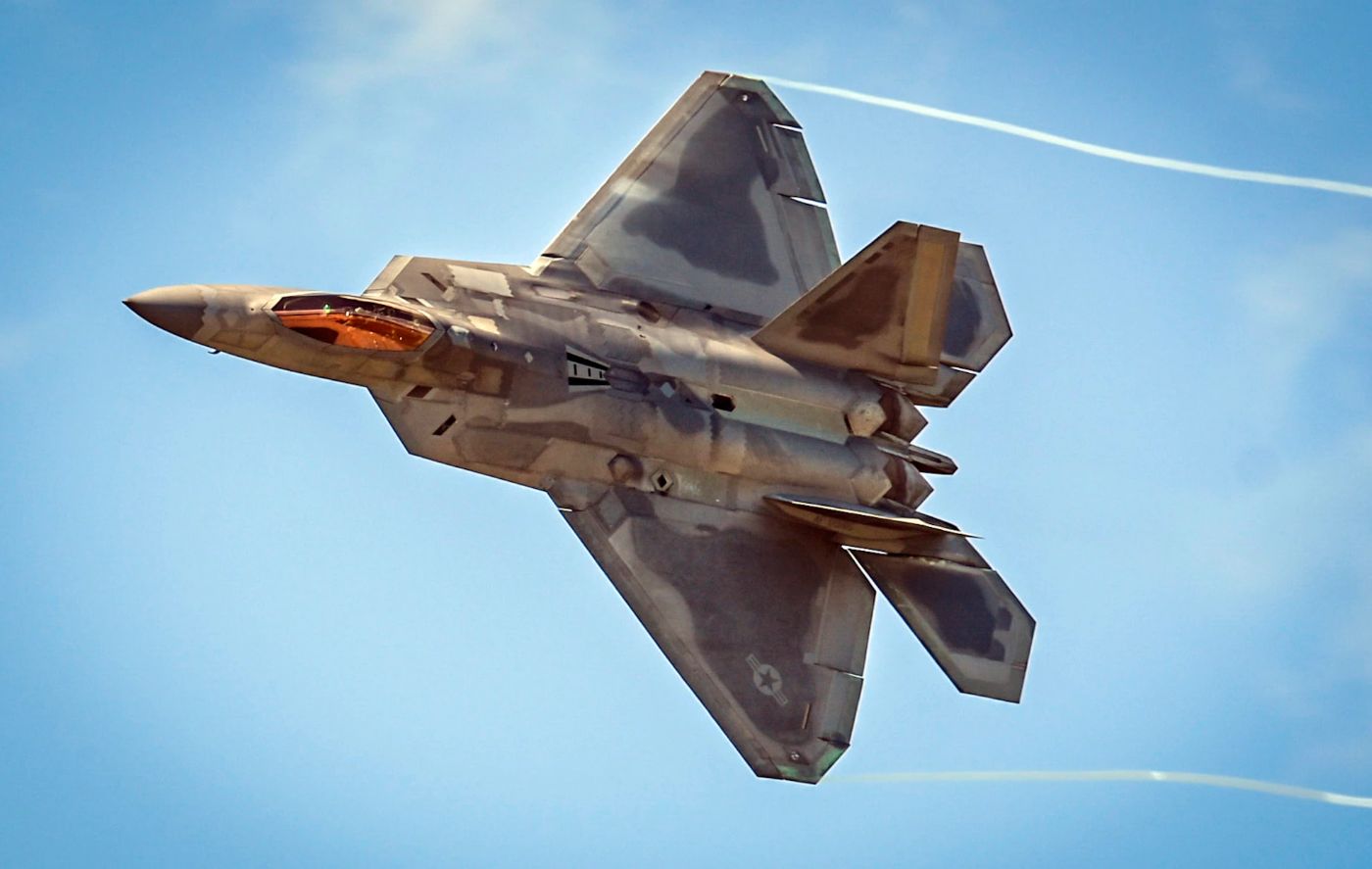On June 17, Lockheed Martin announced that the US Air Force’s F-22 Raptor fleet had reached an impressive milestone of 500,000 flight hours.
This achievement underscores the F-22’s enduring role in maintaining air superiority and highlights the dedication of the teams responsible for its operation and support.
Introduced over 25 years ago, the F-22 Raptor has been a cornerstone of the US Air Force’s combat capabilities. Renowned for its advanced stealth, speed, maneuverability, and integrated avionics, the F-22 has consistently proven its worth in various missions worldwide, solidifying its reputation as a premier air dominance fighter.
Lockheed Martin stressed that reaching 500,000 flight hours is a testament to the collective efforts of the entire industry and Air Force team.
This milestone reflects the dedication of pilots, maintenance crews, and support personnel, all of whom play crucial roles in maintaining the F-22’s operational readiness. Their commitment has been vital in ensuring the aircraft’s effectiveness and reliability.
“As we celebrate 500,000 flight hours, we look ahead to the continued evolution of not only the F-22 but air combat in its entirety,” Lockheed Martin stated. “The ongoing modernization efforts and strategic upgrades being made to the F-22 today will further enhance its capabilities while also enabling the next generation of air dominance.”
In addition to the fleet milestone, individual pilots have also reached key achievements in recent years. On August 7, 2021, Lt. Col. Ryan Pelkola, director of operations for the 302d Fighter Squadron, became the first pilot to log 2,000 flight hours in the F-22 Raptor.
While the F-22 program has faced criticism for its high cost, the aircraft’s unmatched capabilities and the substantial number of flight hours accumulated highlight its reliability and sustained operational effectiveness.
Continuous upgrades and modernization plans ensure that the F-22 Raptor will remain a dominant force in the skies for decades to come.
The F-22’s latest milestone is part of its growing list of achievements. Notably, in 2022, the US Air Force reported that its F-22 Raptor fighter jet reached a major milestone with the implementation of a new open software stack.
That achievement marked the first instance of third-party software running on a fifth-generation fighter and the first in-flight use of open-source container orchestration software on any fighter aircraft.
What Makes the F-22 Raptor A Dominant Force?
The F-22 Raptor was conceived towards the end of the Cold War as a replacement for the aging F-15 and F-16 aircraft. Initially named the Lightning II, in homage to the WWII Lockheed P-37 Lightning fighter, the name was changed to the Raptor in the 1990s. Interestingly, the Lightning II name was later assigned to the F-35.
The Air Force is always anticipating future threats. During the development of the F-22, the Soviet Union posed the greatest threat to the United States.
The Air Force required an aircraft capable of handling any challenge, which led to the creation of the F-22. However, after the Soviet Union collapsed and the Cold War ended, the F-22’s mission became less clear.
Flight testing for the F-22 officially began in 1997 under the Combined Test Force program at Edwards AFB. Six years later, in January 2003, the first production F-22 was delivered to Nellis AFB in Nevada for initial operational testing and evaluation. By 2004, the F-22 achieved Initial Operational Capability status.

The F-22 was designed to be a formidable force, intended to replace the F-15 as the Air Force’s premier air-to-air combat aircraft. It combines agility, intelligence, and stealth.
Advanced sensors allow it to detect threats from a distance, while its stealth design lets it approach undetected. Its supercruise capability enables it to outpace threats, and its thrust vectoring allows it to outmaneuver any opponent in close combat.
During Exercise Northern Edge in Alaska in June 2006, the F-22 excelled in simulated combat, downing 108 adversaries without any losses. However, production of the F-22 ended in 2008 after fewer than 200 units were built.
In a 2019 interview on the Fighter Pilot Podcast, Retired Air Force Colonel Terry “Stretch” Scott praised the F-22’s flight controls, describing them as “phenomenal.” He recalled that the original operator’s manual encouraged pilots to operate the aircraft with “reckless abandon,” reflecting the confidence in its capabilities.
‘Raptor Salad’ For Lunch! US F-22 Raptor Outgunned, Outmaneuvered By German Eurofighter Typhoon?
Despite changes to the manual over the decades since the F-22’s first flight, Scott emphasized that the Raptor’s spirit and effectiveness remain steadfast.
Coming from a background flying fourth-generation fighters like the F-15, Scott was struck by the F-22’s agility. He described it as “eye-watering,” particularly in visual engagements. Even when engaging another F-22 in offensive maneuvers, Scott noted how impressive the aircraft’s maneuverability remained, highlighting its superiority in aerial combat scenarios.
- Contact the author at ashishmichel(at)gmail.com
- Follow EurAsian Times on Google News




